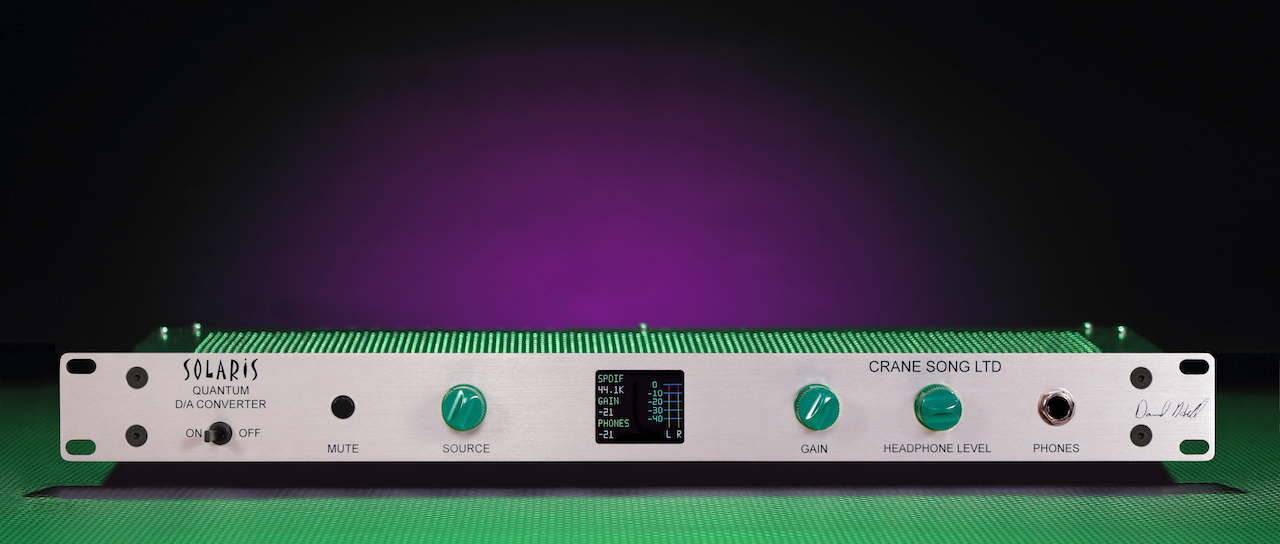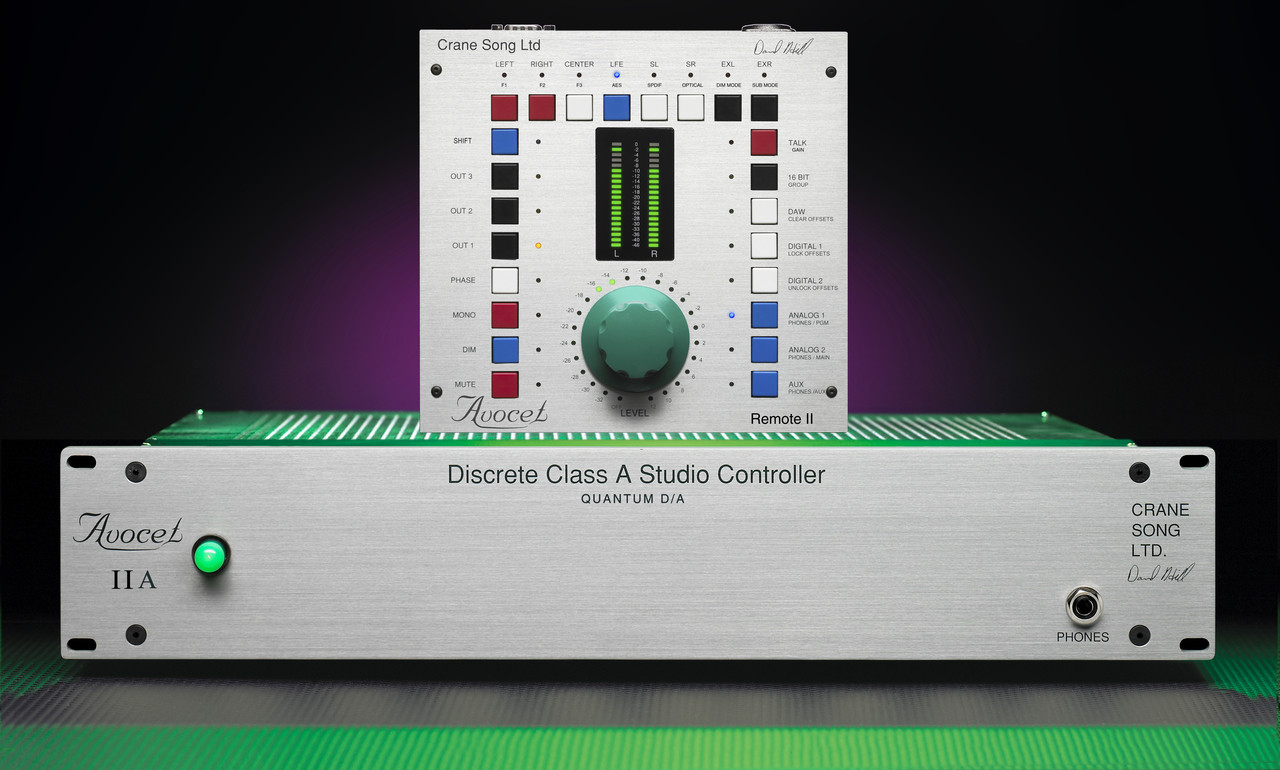

Gold looks more 'neutral' with a close to linear frequency response but its definitely not flat.Ĭomparison with other Tape Saturation Emulation Plug-ins You will notice that all three modes add something to the signal, but Opal seems to be colored more toward the lower end of the spectrum while Sapphire looks a bit more linear and balanced across the board, though it is clearly adding a lot more higher end harmonics compared to Opal.

The area that is further away from the screen represents the original unprocessed pink noise and the area right in front, are the three brightness modes in Phoenix II. amplitude 3D waterfall plots of pink noise being processed with Phoenix II, keeping the saturation mode same (Iridescent) and comparing the three brightness modes. In the following figure, you see three frequency vs. So it's best to stick with some more objective analysis. Now, I feel that this is very subjective and is also very hard to define with qualifying words which can tend to sound vague to some. Even when just one instance of the plug-in is used on the master buss, I could hear the subtle but clear character each of the five tape saturation modes were bringing to my mix. I quite enjoyed using this plug-in in most of my mixes and could really hear that analog tape saturation goodness that everyone keeps raving about. Setting this parameter to its highest will give you the complete processed signal while setting it to its lowest will not add any saturation to the signal. There is a PROCESS amount that can be thought of as a dry/wet control. The output trim control can be used to attenuate the signal to avoid clipping if such a scenario arises or can even be used to give the signal some gain, post processing. Since this plug-in is program dependent, driving the input level higher will result in more saturation. There is an INPUT TRIM and OUTPUT TRIM control to vary the amount of saturation. Phoenix II has five different analog tape saturation algorithms labelled Luminescent, Iridescent, Radiant, Luster & Dark Essence, each having its own unique characteristics and also a three level brightness control labelled Opal, Gold, & Sapphire, that shapes the upper harmonic content.

It is said that digital recordings are too sterile or lack warmth and this plug-in is developed specifically to tackle that issue by bringing in that warmth via some very carefully plotted, variable harmonic distortion.

#Crane song phoenix demo pro#
Phoenix II is an updated version of the very popular tape saturation emulation plug-in developed by Crane Song for Pro Tools 10. Suffice it to say, Dave knows a thing or two about the analog domain. He has had years of experience working on creating electronics for tape machines & is now also known for developing hardware like the HEDD 192 which is an AD/DA converter with variable levels of harmonic distortion, commonly seen in many high-end mixing as well as mastering studios. Some of you will know Dave Hill, the creator of Phoenix from his work with Avid on the HEAT(Harmonically Enhanced Algorithm Technology) system for Pro Tools HD and HDX. Phoenix by Crane Song is one such sought-after plug-in that has only been available to TDM users ever since its inception, but now the sequel to this plug-in is available as a Native AAX plug-in as well. Not to undermine Avid's audio interfaces, but I do appreciate the flexibility of not having to only use their converters.Īlong the same lines, a lot of third-party plug-in developers are now creating native versions of their Pro Tools HD only plug-ins. Ever since Avid broke the link between their audio interfaces and Pro Tools Native, I have found myself using this DAW more than ever.


 0 kommentar(er)
0 kommentar(er)
